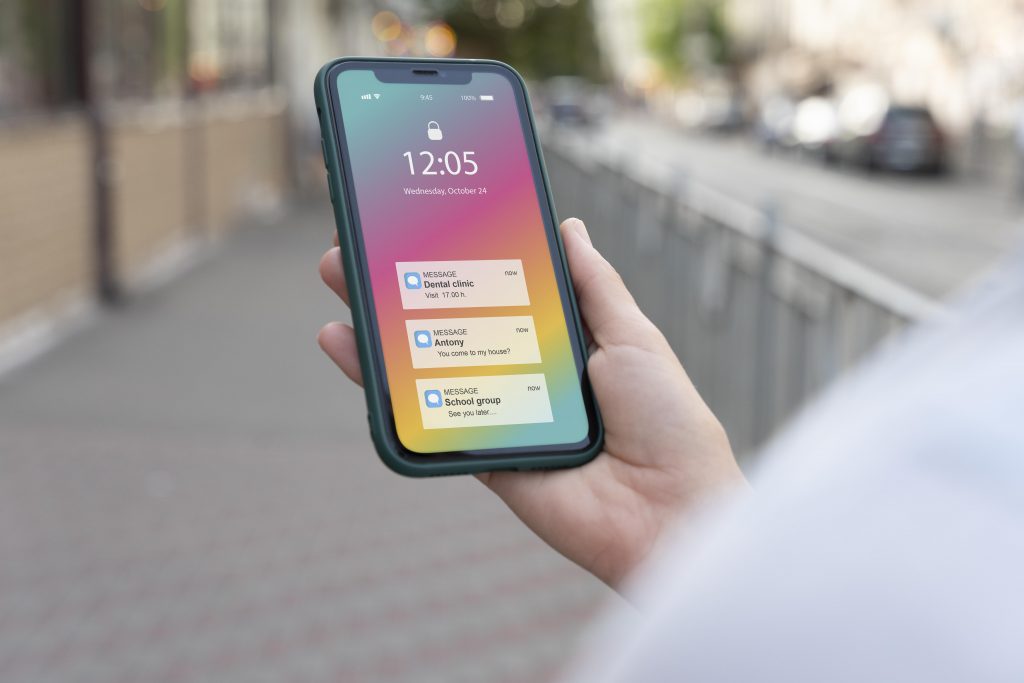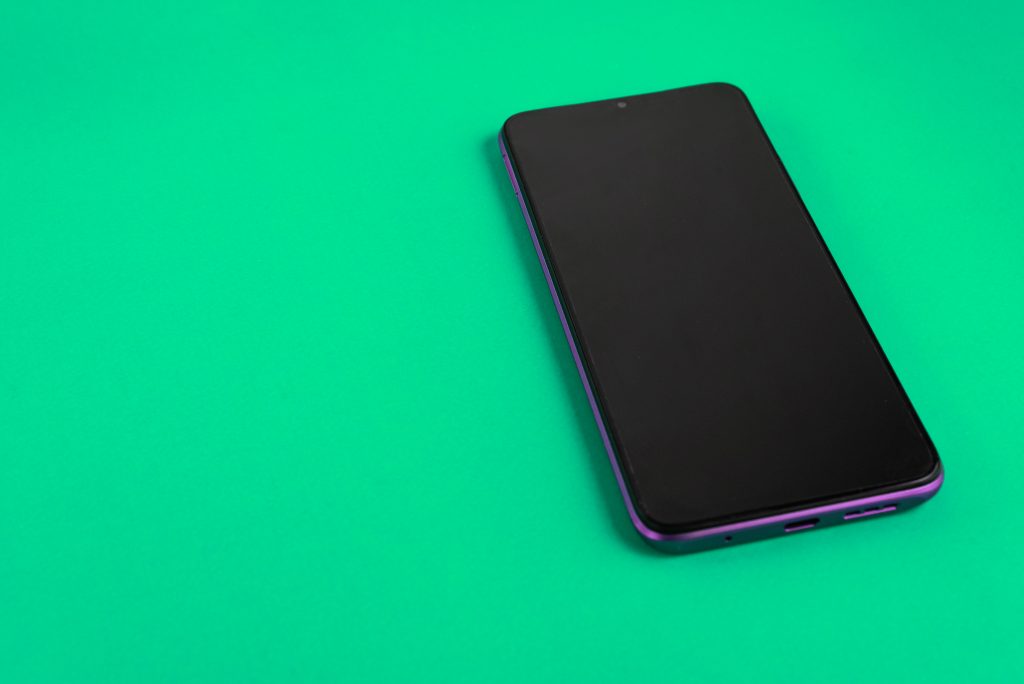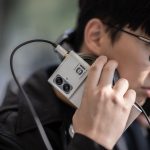Behind the Scenes: The Process of AT&T Device Unlock at Cellular Networks

The unlocking process is equivalent to a key to telecommunications freedom for many with AT&T—a method to enable their device to be used on other networks in the country and abroad. But what goes behind the curtains as a part of the device unlock process completion at AT&T? In the following sections, elaborate on the technical and procedural steps with broader details to better understand how unlocking from the clutches of mobile networks is done.
The Foundation of Network Locks
One must first understand why the devices are locked to appreciate the unlocking. Carriers lock networks so that devices bought under some specific contracts or plans remain attached to their network for some period. This is largely for financial reasons: ensuring that the carrier can recover the device’s cost or the contract’s value.
Initiating the Unlock Process
The AT&T device unlocking process commences when the user places the request through the official AT&T mobile unlocking portal. The application includes account information and the device’s IMEI number while ensuring that it follows the AT&T unlocking policy, i.e., the device should be fully paid and should not be reported in the status of lost or stolen.
Verification and Approval
On request, AT&T will perform a check to ensure that the device and customer meet all the criteria to have a successful unlock. These should include the device being paid for, the account being in good standing, and the device not being part of fraudulent activity. The request is sent to the next stage if this also checks out.
Behind the Technical Scenes
In unlocking, the software settings are changed at a technical level. Each mobile unit contains a unique International Mobile Equipment Identity (IMEI) number, which this IMEI the mobile carrier applies to place or release the network restrictions. When AT&T agrees to let the unlock request go through, it signals the device firmware to switch status from “locked” to “unlocked” on the carrier database. In some cases, AT&T may provide an unlock code that the user needs to enter into their device to complete the process.
Third-Party Unlock Services: An Alternate Route
On the other hand, if a user is denied his request to unlock a phone or is ineligible for AT&T unlocking services, then there are external unlock facilitators. They work on accessing or generating unlock codes, all done through unlock software. While these can be very helpful, the user must be aware of these services to opt for a reputed one and not get scammed or risk device damage.
The Role of Cellular Networks
This is because cellular networks are rather passive in unlocking: once a device is unlocked, technically, it is free to link up with any network that supports its hardware specifications. This is whereby the device’s internal settings are adjusted to accept any compatible SIM card; therefore, they are removing the exclusivity to the AT&T network.
Conclusion
AT&T SIM unlock is a very articulate process. It goes beyond just a request for the service; it also entails strict checks on the device’s eligibility and fine-tuning some technical within the device for it to migrate and start configuring on the other networks. Understanding this process demystifies the steps carried out in showcasing the blend of compliance policy, which gives devices their freedom from network restrictions and the technical actions needed to accord them that freedom. Still, for those whose request is denied, third parties unlock fairly reputable services and provide an alternative approach toward the same goal, as cautious as it is. Each request for unlocking presents a serious effort to make sure that the right of free choice of a carrier is made available to everyone, reflecting how consumer rights are evolving in the digital age




